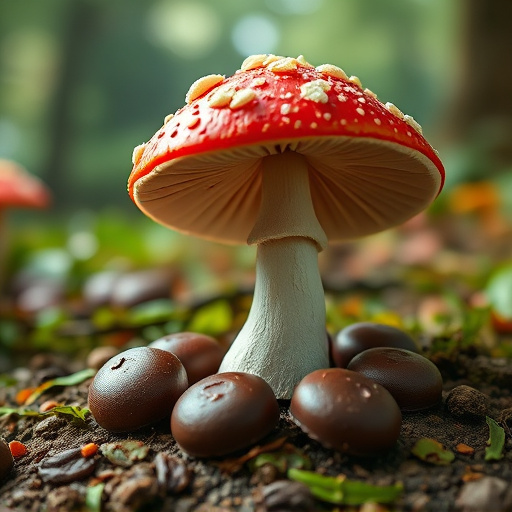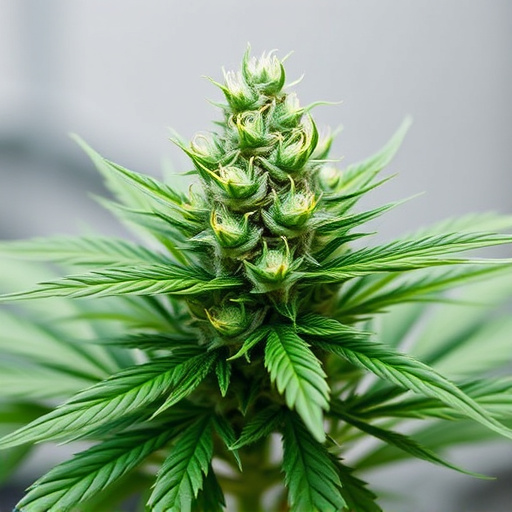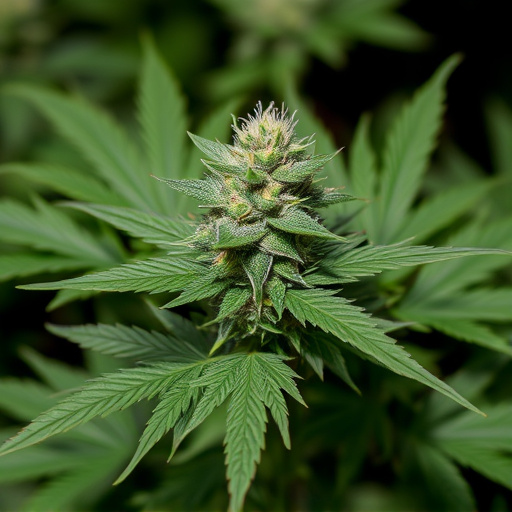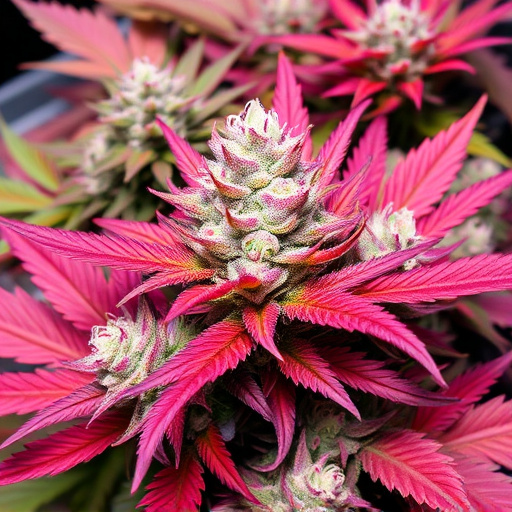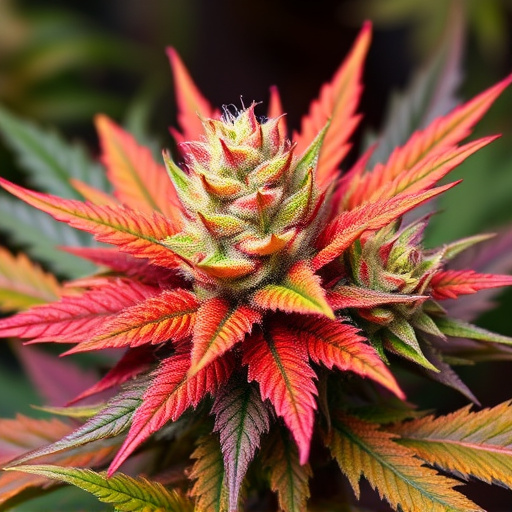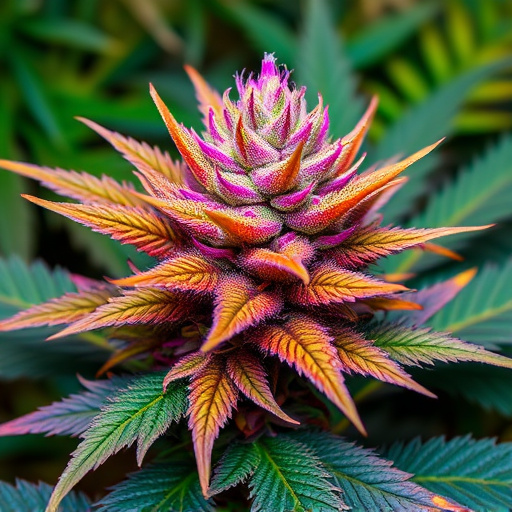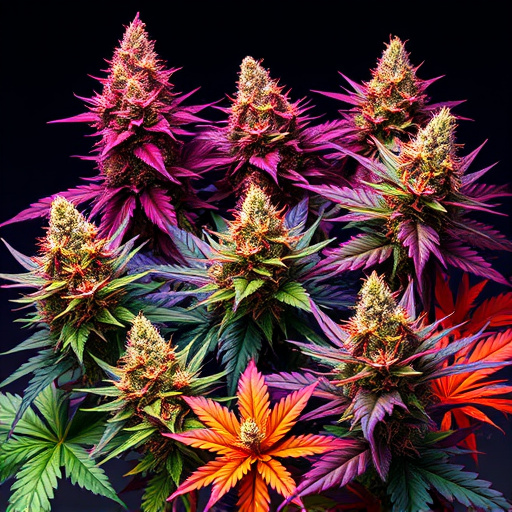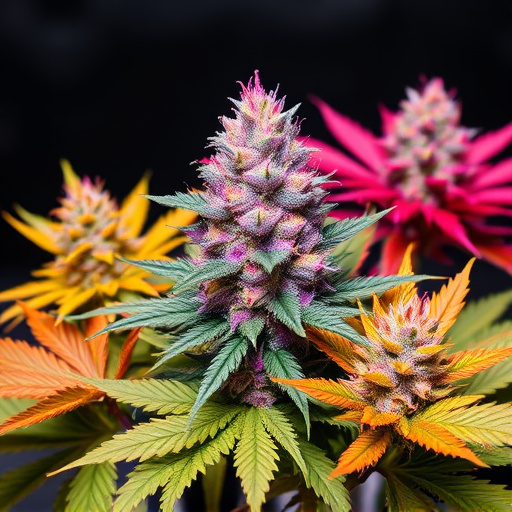THC in cannabis interacts with the body's endocannabinoid system to regulate hunger, leading to phenomena like "munchies." This interaction affects key hunger hormones like leptin and ghrelin. Different colorful marijuana strains, characterized by varying terpene profiles, produce diverse effects on appetite—from increasing hunger due to higher THC content to suppressing it through specific terpenes. Understanding these strain variations can aid in managing eating habits and offer alternative treatments for conditions involving appetite control.
“Unraveling the complex relationship between THC and hunger hormones reveals a fascinating interplay that extends beyond mere pleasure. Understanding how tetrahydrocannabinol (THC) influences our body’s natural appetite regulators offers insights into both the potential risks and therapeutic benefits of cannabis use, especially when considering the diverse effects of different strains. This article explores the science behind these interactions, delving into the role of cannabinoids in hunger control and shedding light on the surprising impact of colorful marijuana strains on our appetites.”
- Understanding THC and its Impact on the Body
- The Role of Cannabinoids in Regulating Hunger
- Exploring Colorful Marijuana Strains and Their Effects on Appetite
Understanding THC and its Impact on the Body
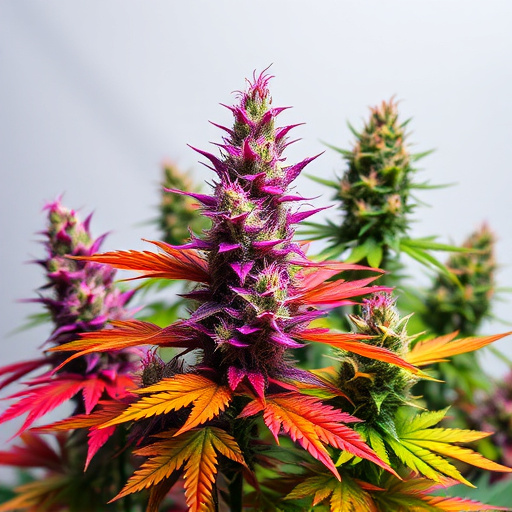
THC, or tetrahydrocannabinol, is the primary psychoactive compound found in cannabis and is responsible for its characteristic mental effects. When consumed, THC interacts with the body’s endocannabinoid system (ECS), a complex network of receptors that play a crucial role in regulating various physiological processes, including hunger and metabolism. This interaction can significantly impact an individual’s appetite and food cravings.
The effect of THC on hunger hormones is a fascinating aspect often explored within the realm of colorful marijuana strains, which offer diverse chemical profiles. Studies suggest that THC can stimulate the release of certain neurotransmitters, such as dopamine, which is linked to pleasure and reward. This stimulation can lead to increased appetite, a phenomenon commonly known as “munchies.” Moreover, THC may also influence the production and activity of hormones like leptin and ghrelin, which play pivotal roles in regulating hunger and satiety. Understanding these complex interactions provides valuable insights into how cannabis consumption can temporarily alter eating behaviors.
The Role of Cannabinoids in Regulating Hunger
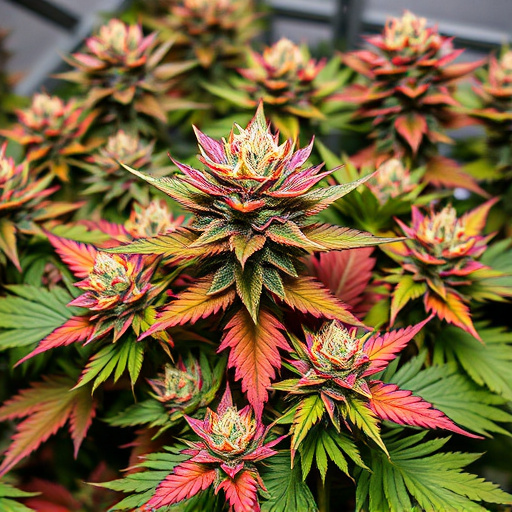
Cannabinoids, the active compounds found in marijuana, play a fascinating role in regulating hunger and appetite. Among these, Tetrahydrocannabinol (THC) is one of the most well-studied due to its significant effects on various physiological processes, including eating behavior. Research suggests that THC influences the brain’s reward system, which is closely tied to hunger cues. When consumed, THC binds to cannabinoid receptors in the brain, triggering a cascade of events that can either stimulate or suppress appetite, depending on individual factors and dosage.
The impact of THC on hunger hormones is particularly interesting when considering the diverse effects of different marijuana strains. Colorful marijuana strains, known for their vibrant colors and unique terpene profiles, offer a range of experiences. Some strains are renowned for inducing intense hunger (“munchies”), while others may have appetite-suppressing properties. These variations highlight the complex interplay between cannabinoids, terpenes, and individual biochemistry, making the study of cannabis’ effects on hunger both intriguing and multifaceted.
Exploring Colorful Marijuana Strains and Their Effects on Appetite
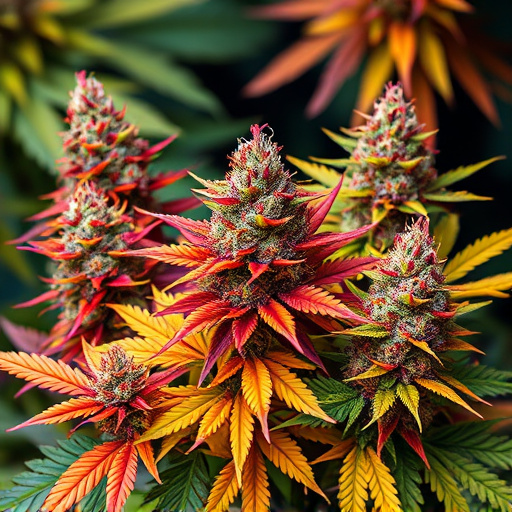
Marijuana, with its diverse range of strains, has long been associated with its impact on appetite and hunger hormones. Among the many compounds found in cannabis, tetrahydrocannabinol (THC) is one of the most well-studied, primarily due to its psychoactive effects. However, THC’s influence extends beyond just altering perception; it also plays a significant role in regulating appetite. This effect has led to increased interest in exploring not only the medical potential of cannabis but also the unique characteristics of different strains.
The term “colorful marijuana strains” refers to varieties that boast a wide array of terpene profiles and cannabinoid compositions, each contributing to distinct effects on users. These strains can offer unique experiences, from uplifting and energizing to calming and sedating, which may have implications for appetite regulation. For example, some strains known for their higher THC content are also associated with increased hunger, while others, rich in certain terpenes, might suppress appetite. Thus, understanding the nuances of these colorful strains can provide valuable insights into managing eating habits and exploring alternative approaches to treating conditions related to appetite control.
THC, the primary psychoactive compound in marijuana, exerts a complex influence on our hunger hormones. While its effects on appetite have been well-documented, particularly with regard to its ability to stimulate eating, the role of colorful marijuana strains, known for their diverse cannabinoid profiles, adds another layer of interest. These varied strains offer unique experiences and potential therapeutic benefits, catering to specific preferences and needs. By understanding how THC interacts with our body’s natural hunger regulators, and exploring the nuances of colorful marijuana strains, we can make more informed decisions about its use, whether for recreational or medicinal purposes.

